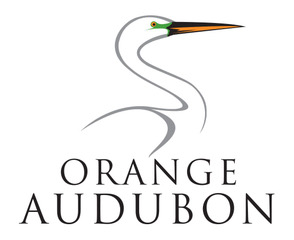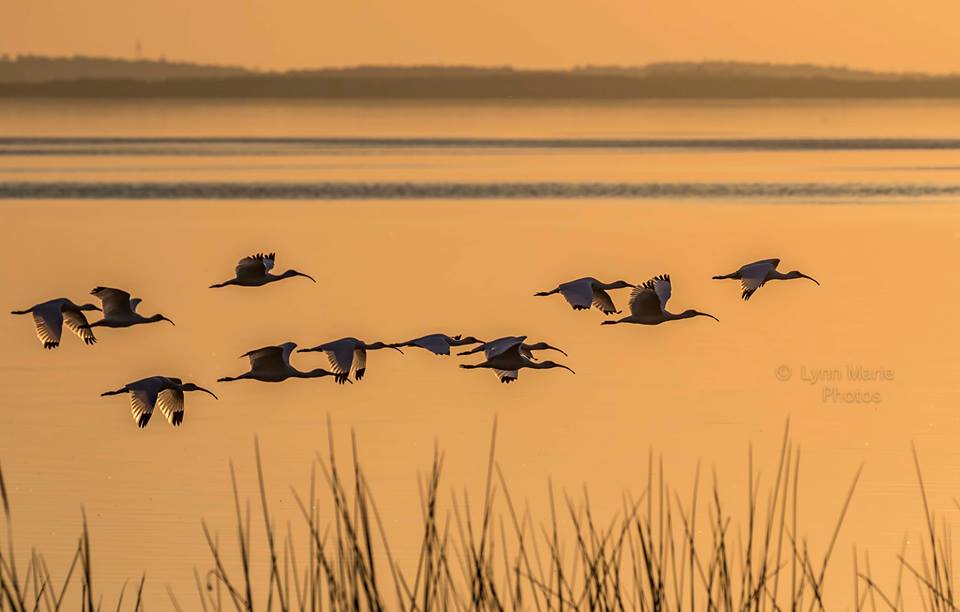Working to Protect Natural Areas
Orange Audubon Society (OAS) works with Audubon Florida and nearby chapters to set action plans and agendas for state and regional public policy priorities. OAS is committed to:
1. Promoting Lake Apopka restoration and educating visitors to the Restoration Area about conservation efforts and the wildlife of the area. OAS is also working to establish a new Nature Center at the Restoration Area.
2. Monitoring and acting on local & state government land use decisions impacting wildlife habitat. OAS advocates for full funding for Florida Forever and the Rural and Family Lands Protection Act to secure money for purchase/lease agreements for rural lands that will complete the Central Florida Wildlife Corridor connecting the Ocala National Forest with the Wekiva River Basin.
3. Developing and implementing action plans to increase diversity and inclusion among our board and our membership working to reflect the diversity of our local community. Just as biodiversity strengthens natural systems, the diversity of human experience strengthens our conservation efforts for the benefit of nature and all human beings.
Recent OAS Conservation Efforts
- Bird surveys: OAS supports land managers of our local parks and preserves by organizing bird surveys and providing data. For example, at Wekiwa Springs State Park, survey data compared to surveys years earlier documented the increase in bird species that are benefited prescribed burns— species like Bachman’s Sparrow and Brown-headed Nuthatch that are rare elsewhere. Park biologists need this data to support prescribed burn programs. Other surveys are carried out at Oakland Nature Preserve and Rock Springs Run State Park. Surveys for Orlando Wetlands Park and Tosohatchee State Preserve are planned for 2024. For information on survey dates or to sign up, check the FieldTrip/Survey page of this website.
- Ocklawaha: OAS enlisted members to comment on “Free the Ocklawaha” River during public input on breaching the failing Rodman Dam and restoring this important Central Florida waterway to its original flow. This restoration would help water quality downstream benefitting wildlife, native vegetation and throwing a life preserver to our beleaguered manatees. Anglers and boating business interests want the state to keep and repair the dam. The issue is ongoing.
- Fertilizer ordinance: In a state where increasing levels of nitrogen and phosphorus in our waters has resulted in seagrass die off and subsequent manatee kill, OAS worked with other conservation organizations to support passage of Orange County’s new fertilizer ordinance that tightens the use of nitrogen/phosphorus fertilizers during the rainy season. Residential turf grass fertilizers were the second biggest pollution source behind home septic tanks. See summer fertilizer guidelines here.
- Trail siting: OAS enlisted members to comment against an incursion of the West Orange Trail (bicycle trail) into Wekiwa Springs State Park.
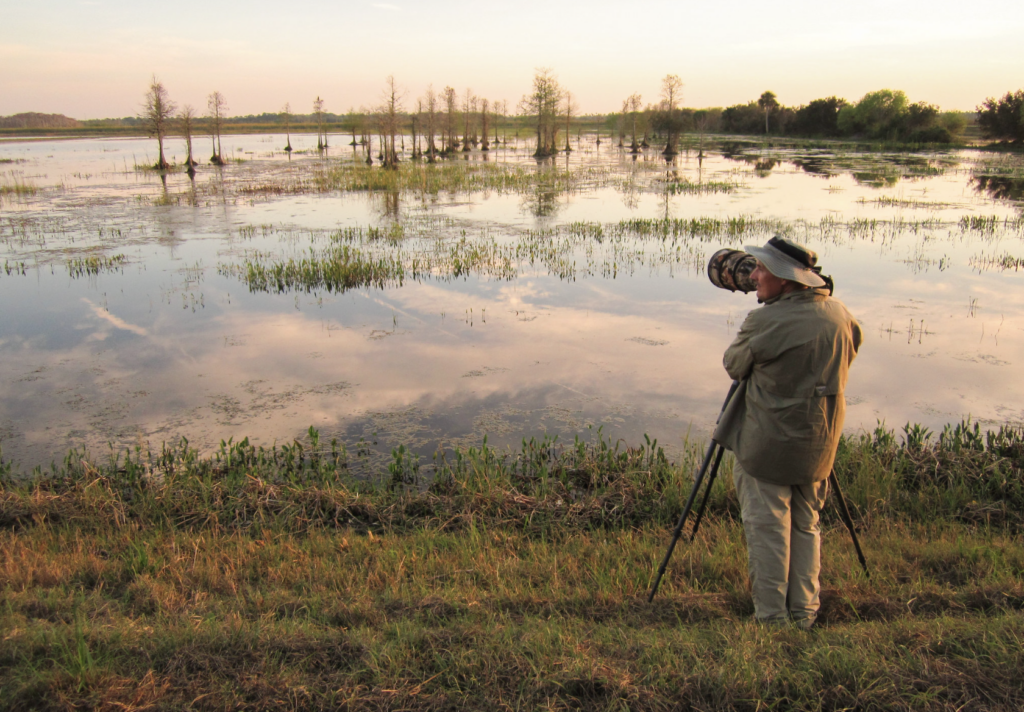
- Egret Island: Audubon Florida’s Egret Island in Windermere was once a wading bird nesting paradise. Due to the massive influx of party boaters, the island’s wading bird rookeries largely disappeared. OAS wrote in support of increasing a NO BOATING zone area around Audubon Florida’s Egret Island, which was passed by the Orange County Commissioners in May 2022. In late 2022 and early 2023, high water closed the boat ramps for many months, and with no human disturbance, nesting came back as it has not in many years. OAS shared with commissioners photos taken by a member who lives on the lake. The NO BOATING zone went into effect in summer 2023 with reminder signage installed. OAS continues to speak up for enforcement.
- Lights Out: Artificial light increases annually by 2% and this increase causes significant threats to migrating birds with increased building collisions, disorientation, and perturbation of a bird’s internal clocks. Members were educated on this threat and how a Duval Audubon Lights Out program works on our Bird Chat program. You can view the program on the OAS YouTube Channel.
- Bird-friendly Cities: Following a request from the Town of Oakland regarding impact of its lighted water tower and its disappearing peacocks, OAS researched Bird-friendly City certification programs, such as Bird City Wisconsin, which has now grown into the Bird City Network which is coordinated by American Bird Conservancy since June 2023. In partnership with OAS, Oakland did a proclamation for World Migratory Bird Day. It also committed to a compromise on its water tower lighting and increased awareness of bird-friendly practices to its residents.
- Orange County Environmental Protection Division Ordinance Updates: OAS has provided stakeholder input on several ordinances updated by Orange County including the tree ordinance, the wetlands ordinance, and Orange County’s comprehensive plan (Vision 2050). OAS participated in public meetings.
- Orange County Green PLACE program: Orange County’s natural lands program is generally a well-kept secret, so OAS each year schedules one or more trips to Green PLACE properties in partnership with EPD and publicizes the county’s natural lands. See our Activities page to join one of those trips. OAS spoke up in favor of funding to resume natural land purchases.
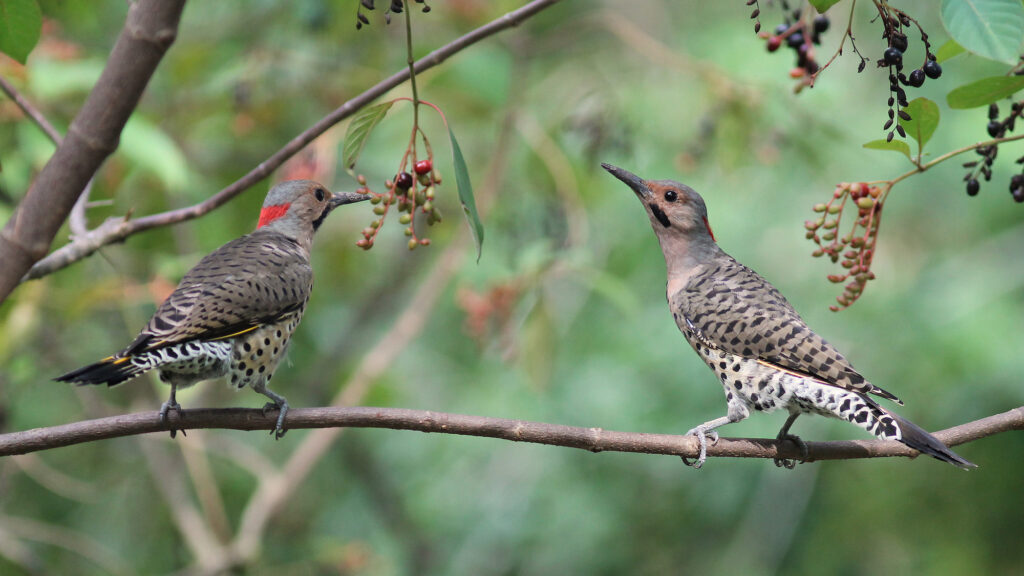
- Lake Apopka North Shore: OAS works to keep the 20,000-acre Lake Apopka North Shore as a great habitat for birds, by promoting visitation by local residents and tourists. OAS’ president published an Orlando Sentinel Op-Ed on the $6 million value to the local economy of the right kind of ecotourism. See link.
- Mead Botanical Garden, encouraging bird-friendly Management: This urban park is a bird migration hotspot and where OAS leads weekly fall and spring migration field trips. When birders noticed dead pines—needed by woodpeckers for nesting—that were marked for removal, member Larry Martin successfully petitioned the park to preserve the bottom 30 feet of the trees to retain nesting habitat. OAS commented on a garden mirror exhibit and suggested installing a nature sightings board at the park. OAS seeks to let Winter Park commissioners and Chamber of Commerce staff know how important birding is to Mead through articles in the Mead newsletter on birding.
- Orlando Wetlands: This City of Orlando Wetlands Reclamation Facility hosts OAS with several trailer trips a year and other trips at the NORTH SHORE BIRDING FESTIVAL. OAS birders lead trips at the bi-annual Orlando Wetlands Festival. OAS wrote to the Mayor and City Commissioners to let them know the public appreciates new amenities at the park, like the boardwalk. This park is one of OAS’ special places.
- Bioblitz: OAS co-sponsors with The Nature Conservancy the annual bioblitz called The City Nature Challenge, Orange County. Data from the City Nature Challenge contribute to our knowledge of biodiversity in the urban and suburban environment. OAS members participate in other bioblitzes also and we promote use of the iNaturalist program.
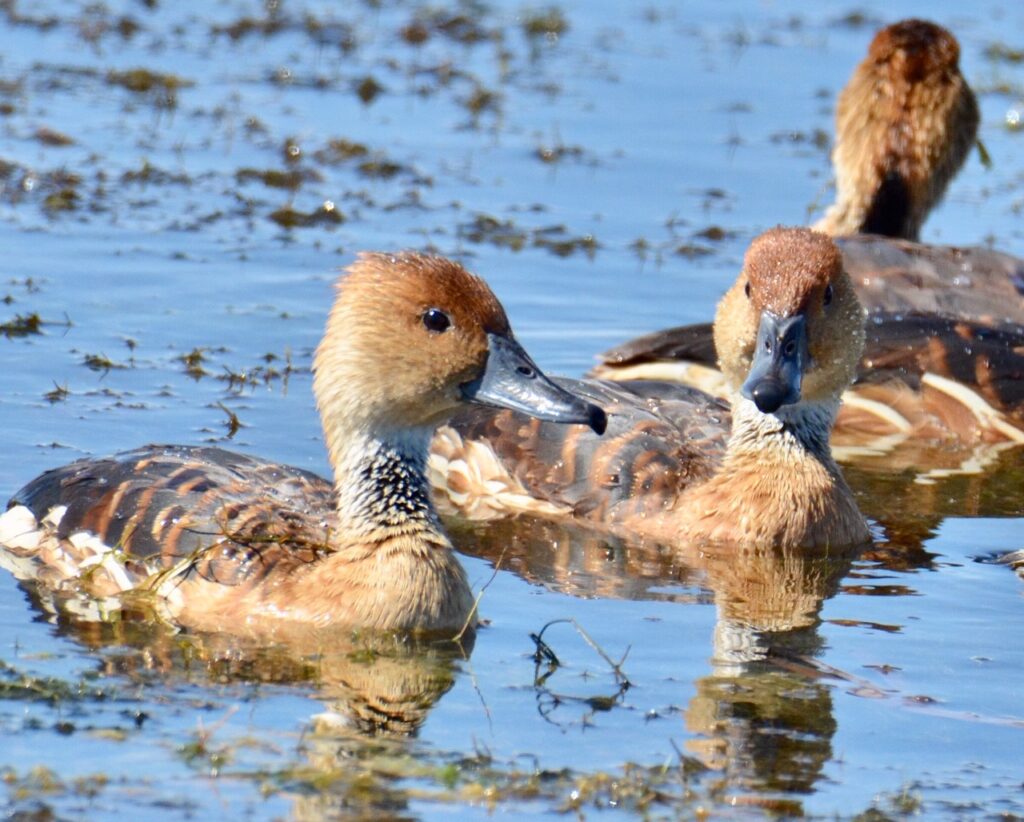
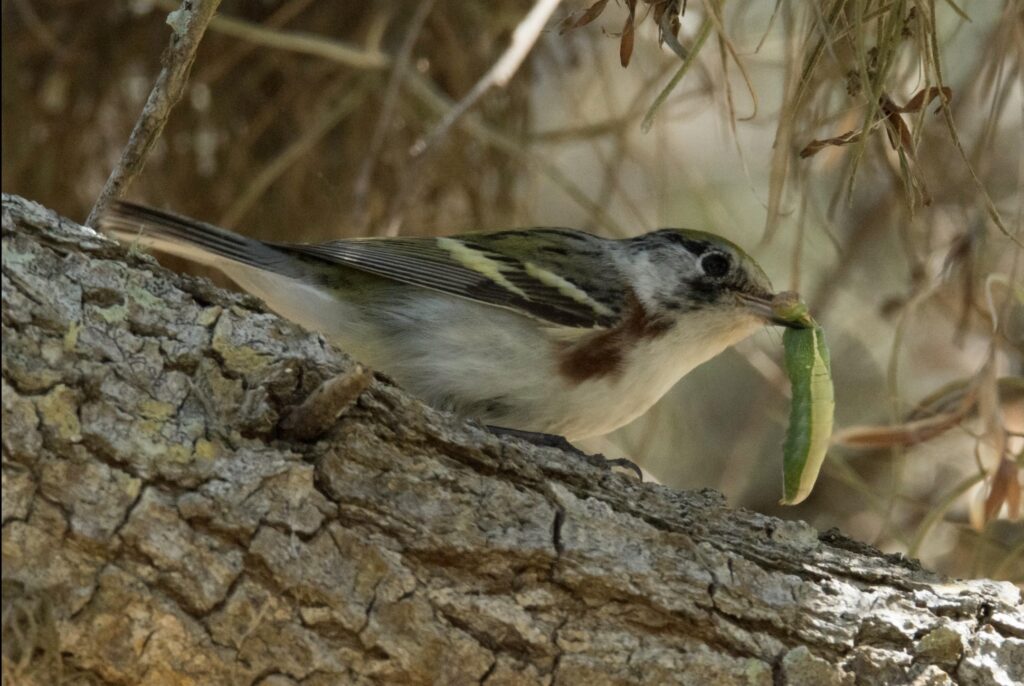
Plants for Birds
Increasing native plantings in residential and public places, while reducing non-native, invasive plants that crowd out the natives, helps support resident and migrating bird populations as well as native bees, butterflies and other insects.
Entomologist Doug Tallamy coined the phrase “Homegrown National Park” in his book “Nature’s Best Hope,” encouraging home gardeners to landscape with native plants. To view his presentation for OAS, here is the link.
For more resources on plants for birds, see:
- National Audubon Society’s Plants for Birds page.
- OAS’ Plants for Birds playlist on our YouTube channel.
- Florida Native Plant Society’s native plant search tool.
- The Homegrown National Park website.
Recent OAS Plants for Birds Efforts
- OAS’ Dr. Deborah Green presented “The Caterpillar Connection” as part of a combined effort with the Florida Native Plant Society to increase the number of native trees on Orange County’s Tree List. The Caterpillar Connection discusses the importance of trees, particularly oaks, in hosting caterpillars fed by songbirds to their nestlings. The presentation is available on OAS’ YouTube Channel.
- Deborah’s presentation “Plants for Birds: Best Options for Central Florida” can be seen on OAS’ YouTube Channel.
- OAS provided input during public meetings for “Vision 2050,” Orange County’s newest plan for sustainable growth. Our focus was on encouraging increased use of native plantings in public areas and decreased use of clear-cutting in future areas of development.
- OAS has created a Plants for Birds (and pollinators) demonstration garden behind the Lake Apopka Wildlife Drive Ambassador Welcome Shelter, 2850 Lust Road, Apopka.
Climate
Tackling climate change requires multiple actions, from improving the efficiency of transportation to reducing waste in electricity transmission to phasing out carbon-intensive sources of energy. OAS supports both natural climate solutions and other activities to reduce our carbon emissions.
Natural climate solutions include restoration and management projects that restore or build habitats while at the same time increasing natural carbon storage capabilities. For example, a wetland restoration project would be considered a natural climate solution if restoring the natural vegetation removes more carbon dioxide from the atmosphere than had been removed by plants at that location beforehand. Natural climate solutions can be a win-win for birds if they conserve or restore native habitat that birds rely on for food or shelter. Restoring degraded habitat is one obvious type of project that is a natural climate solution. An example of this type of project is the ongoing restoration of the Lake Apopka North Shore.
Other natural climate solutions are projects that prevent damage to ecosystems in the first place, manage landscapes using best practices, and prevent nutrient pollution to aquatic habitats. If it sounds like we can only implement climate solutions in rural areas, that’s not the case! Smaller-scale urban projects can include converting lawns to mixed native plant habitat, restoring urban tree canopies, building rain gardens, and composting. These types of projects can all capture carbon, create habitat or food for birds, and also improve the livability of our cities and suburbs.
Increased emissions and rising temperatures will lessen ecosystems’ abilities to store carbon, so although natural climate solutions play an important role, they are not a substitute for greenhouse gas emissions reductions and renewable energy transition. OAS believes we need to work on increasing renewable energy and decreasing greenhouse gas emissions to avoid the worst climate impacts and give nature and people more time to adapt.
Recent OAS Climate Efforts
- Solar: OAS helps publicize solar co-ops in Central Florida, in which experts from the non-profit Florida Solar United Neighbors share information. Co-op members choose the same solar installer and can utilize discounted pricing through economies of scale.
- Solar: OAS elicited member support to petition for the Governor’s veto on a utility-supported Net Metering Bill which would have had a detrimental effect on home (rooftop) solar programs.
- Energy Efficiency: In 2015, OAS implemented a program of energy efficiency retrofits for low income homes in Winter Park utilizing a $64,000 Audubon Together Green by Toyota grant. Here are results. OAS promotes energy efficiency to its members and is part of a group of non-profits encouraging the City of Orlando to expand energy efficiency members for low-income homes.
- National Audubon’s Survival by Degrees: 389 Bird Species on the Brink shows effects of climate change on different bird species.
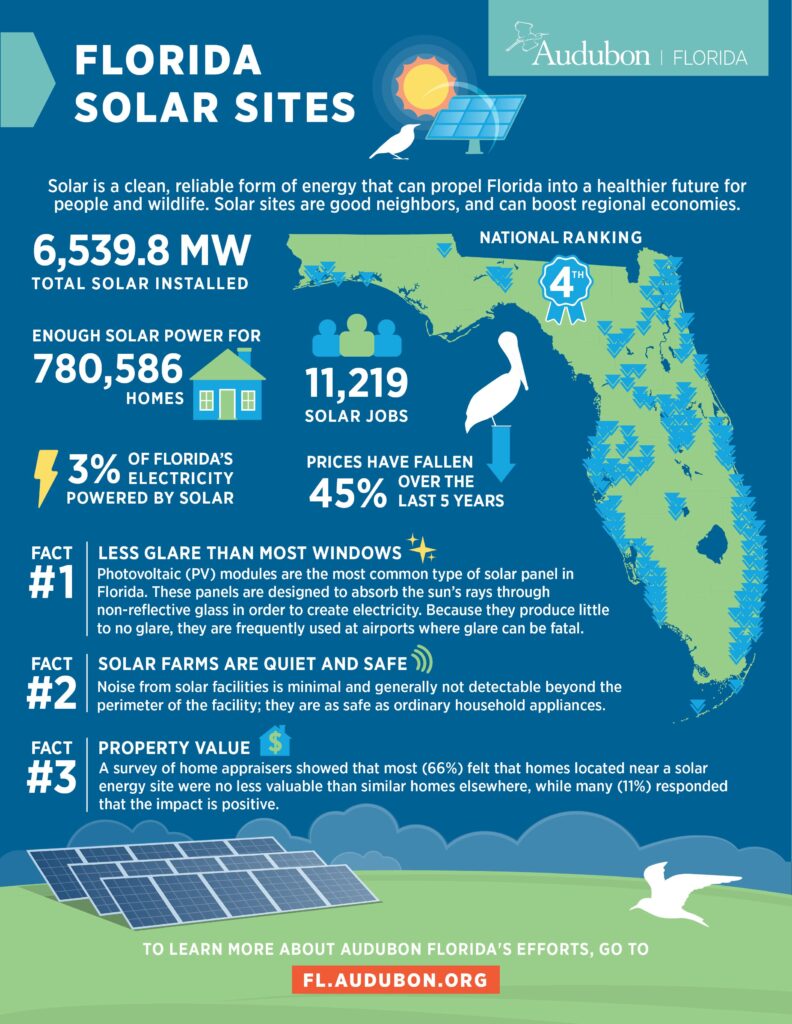
Join Us
Interested in joining OAS? Click on the button below for our online membership form. Need to renew your membership? Just check the “renew” box on the form. To find out your expiration date or if you have any other questions, email membership@orangeaudubonfl.org.
Alternatively, you can print and fill out this form, and mail it to OAS with your payment.
